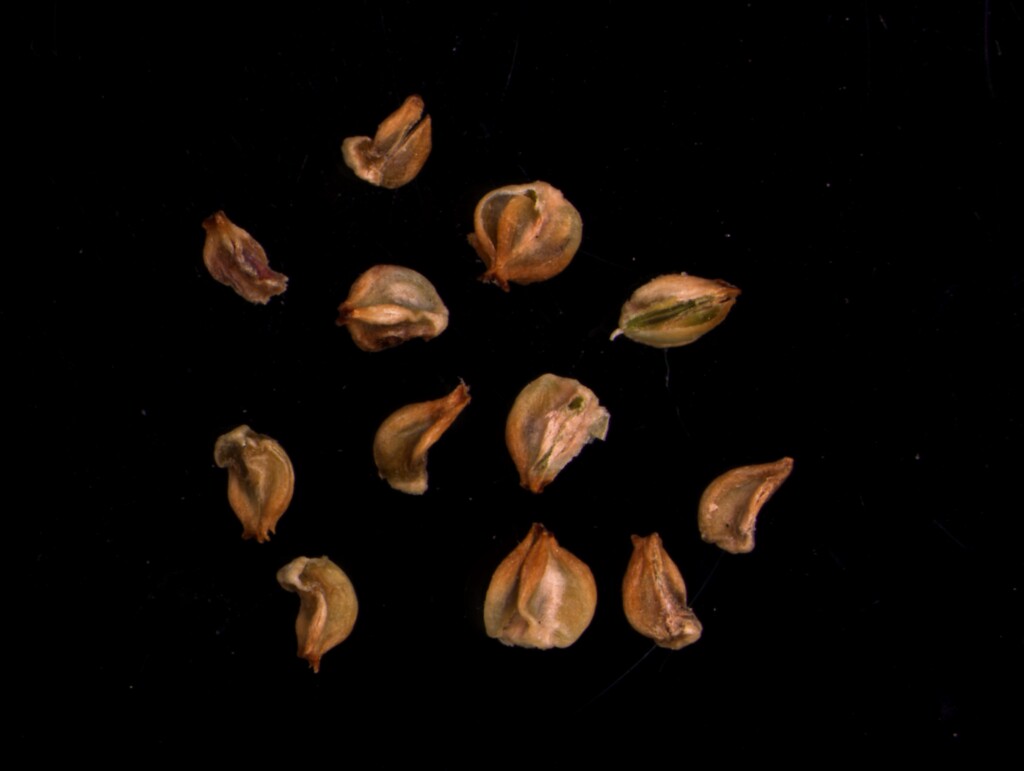Lepyrodia anarthria
F.Muell. Scale RushPerennial, dioecious herbs. Rhizomes creeping. Stems erect, 30–70 cm long, terete or slightly flattened, unbranched. Sheathing leaves not striate, confined to base stem or a single sheath on the aerial part, those at the base appressed and 10–100(–150) mm long, the distal ones loose, reflexed and 10–40 mm long. Inflorescence with clusters of flowers subtended by floral bracts 8–16(–18) mm long, erect, narrowly ovate, often much longer than the subtending branch of the inflorescence, pale and membranous; apex attenuate (those immediately subtending the flower attenuate and often thread-like). Perianth pale, 2.5–4.5 mm long, narrow, the inner and outer parts ± equal or the outer slightly longer; styles 1–3, if 3 then their bases widely separated on the ovary. Flowers Dec.–Feb.
EGL, EGU, HNF. Also Qld, NSW. Occurs in swampy areas of low sedge/heathlands, Xanthorrhoea-dominated heathlands or in Eucalyptus woodlands, in peaty soils. The only collection from Victoria which appears to belong to this species and occurs outside East Gippsland comes from the Mt Samaria state Park (between Benalla and Mansfield). It occurs in Eucalyptus ovata/E. globulus subsp. bicostata woodland.
Johnson & Briggs (in Morley & Toelken 1983) recognize the genus Sporodanthus F. Muell. as distinct from Lepyrodia, proposing that it include 6 species, one of which is L. anarthria. However, until the formal combination has been made, this species must be retained in the genus Lepyrodia.
Conn, B.J. (1994). Restionaceae. In: Walsh, N.G.; Entwisle, T.J., Flora of Victoria Vol. 2, Ferns and Allied Plants, Conifers and Monocotyledons, pp. 179–190. Inkata Press, Melbourne.
 Spinning
Spinning

